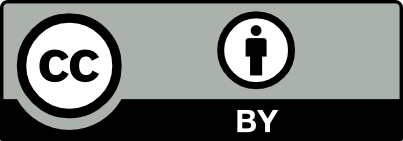M.a Ebrahimzadeh, M Mahmoudi, S Saiednia, F Pourmorad, E Salimi,
Volume 16, Issue 54 (10-2006)
Abstract
Background and purpose: In Iranian folk medicine, the leaves and rhizomes of the plant Sambucus ebulus have been used topically for curing painful joint diseases. This study was undertaken to evaluate the anti-inflammatory and antinociceptive efficacy of different parts of Sambucus ebulus in mice and rats.
Materials and Methods: Different parts of Sambucus ebulus were collected from Sari. Fruits, leaves and roots were fractionated by successive solvent extraction with hexane, ethyl acetate and finally methanol. Anti-nociceptive and anti-inflammatory activities of extracts were determined using hot plate, writhing and carrageenan-induced inflammation tests in mice and rats respectively.
Results: Nearly all extracts showed a dose dependent and marked analgesic and anti-inflammatory activities when compared to the control. Only hexane extract of leaves did not show any anti-inflammatory activity up to 600 mg/kg i.p. Hexane extract possessed significantly higher activity than methanol extract. Ethyl acetate extract were withdrawn because of severe nociceptive response in mice. No extracts exhibited any toxicity up to 2 g/ kg body weight intraperitoneally in mice for one week.
Conclusion: The results of the present study support the folkloric utilization of this herb. Hexane extract of fruits showed highest analgesic and anti-inflammatory activities. Phytochemical analysis, the elucidation of exact mechanism of action and active components responsible for the hypernociceptive effect of ethyl acetate extract requires further investigations.
Nematollah Ahangar, Saeed Emami, Danial Jafari,
Volume 24, Issue 120 (1-2015)
Abstract
Background and purpose: Cyclooxygenase II enzyme is one of the most important enzymes of prostaglandin synthesis pathway that also causes inflammations in human body. In the present study, the anti-inflammatory activity of eight new synthesized compounds with COX II inhibitory potential was evaluated in carrageenan induced paw edema in mice.
Material and methods: Different doses of the compounds (10, 25 and 50 mg/kg), celecoxib (positive control, 10 mg/kg) and normal saline-tween (negative control) were intraperitoneally administered to the mice (female, 25-30 g, n=6). After 30 min, carrageenan was injected subcutaneously into the subplantar tissue of the left paw in all groups. The volume of paw was measured in different treatment groups at 0, 1, 3 and 5 hours following the carrageenan injection and percentage changes of paw volume was calculated. Data were reported as Mean ± SD. T-test was used to compare the results and P < 0.05 was considered significant.
Results: At the 10 mg/kg dose, all compounds showed significant anti-inflammatory activity just in 1st hour. At the 25 mg/kg dose, some compounds had significant anti-inflammatory activity in all investigated times, and at 50 mg/kg dose, all compounds showed significant anti-inflammatory activity in 1st , 3rd and 5th hour compared to the group injected with normal saline- tween.
Conclusion: This study found 4-(4-Methylsulfonylphenyl)-3-phenyl-2(3H)-thiazole thione derivatives with good anti-inflammatory activities.



